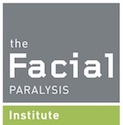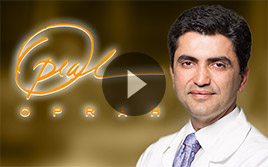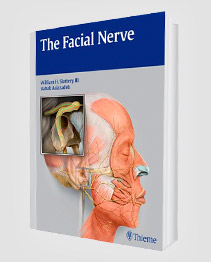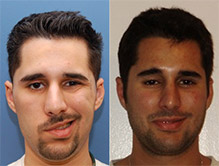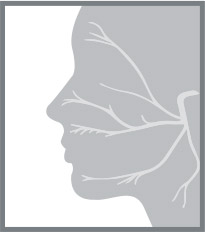Bell’s palsy strikes suddenly, leaving one side of your face weakened or completely paralyzed. This temporary facial paralysis affects roughly 40,000 Americans each year, causing drooping eyelids, difficulty speaking, and challenges with basic tasks like eating or drinking.
While the condition can feel overwhelming, neurologists have identified several highly effective therapies that can significantly improve recovery outcomes when started promptly.
Key Takeaways
- Corticosteroids remain the gold standard first-line treatment when started within 72 hours of symptom onset
- Combination therapy with antivirals and corticosteroids reduces the risk of long-term complications like synkinesis
- Physical therapy and facial exercises can accelerate recovery and prevent muscle weakness from becoming permanent
- Eye protection measures are essential to prevent corneal damage during the acute phase
- Early intervention within the first few days dramatically improves the chances of complete recovery
1. Corticosteroid Therapy: The Gold Standard Treatment
Corticosteroids represent the most widely accepted and evidence-based treatment for Bell’s palsy. Neurologists typically prescribe oral prednisone within the first 48 to 72 hours of symptom onset to reduce inflammation around the facial nerve.
The treatment protocol follows this pattern:
- Days 1-3: 60-80mg prednisone daily
- Days 4-7: Gradual dose reduction
- Days 8-10: Complete tapering to finish the course
This anti-inflammatory action helps preserve nerve function and speeds recovery. Studies consistently show that patients who receive corticosteroids within this critical window have significantly higher rates of complete recovery compared to those who don’t receive treatment.
2. Combination Antiviral and Corticosteroid Therapy
Recent research has shifted many neurologists toward combination therapy that pairs corticosteroids with antiviral medications like acyclovir or valacyclovir. This approach addresses both inflammation and potential viral activity that may trigger Bell’s palsy.
Key benefits of combination therapy:
- Lower rates of synkinesis development
- Better outcomes for patients under 60
- More effective for severe facial weakness cases
The best bell’s palsy treatment often combines these medications for patients who present early in their illness. The dual approach consistently leads to better long-term results, particularly in preventing abnormal muscle movements during recovery.
https://facialparalysisinstitute.com/conditions/bells-palsy
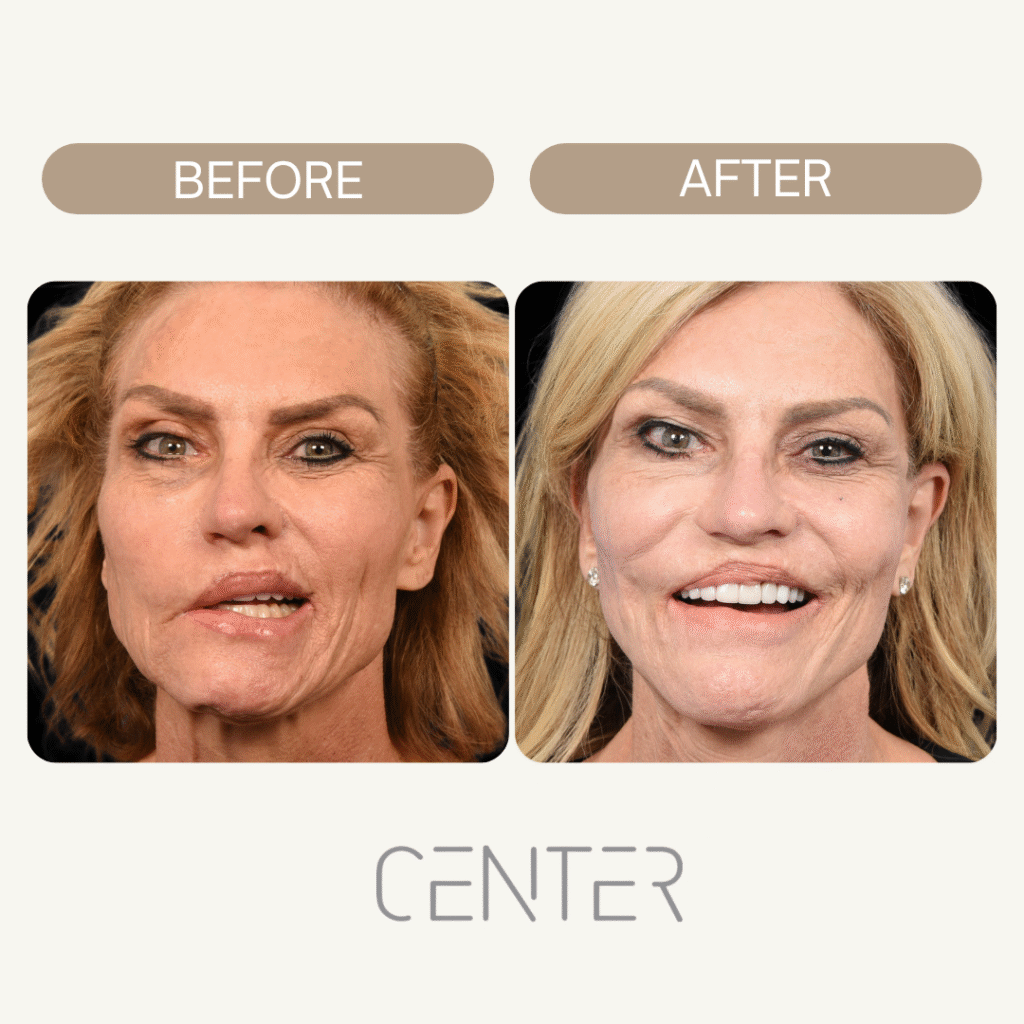
3. Physical Therapy and Targeted Facial Exercises
Physical therapy plays a crucial role in Bell’s palsy recovery, especially for patients who don’t achieve complete recovery with medication alone. Specialized facial rehabilitation programs focus on neuromuscular re-education and typically begin 2-3 weeks after symptom onset.
Effective therapy components include:
- Gentle massage techniques
- Progressive resistance exercises
- Mirror work for movement control
- Coordination training to prevent abnormal patterns
The therapy teaches patients specific movements designed to retrain facial muscles and improve symmetry. Expert-approved facial exercises help patients practice controlled facial movements, starting with simple expressions like smiling or raising eyebrows, then progressing to more complex combinations.
Occupational therapy and speech therapy assessments are also recommended, as treatments may contribute to improvement in clarity of speech and reduce risks associated with swallowing difficulties.
4. Eye Protection and Corneal Care
One of the most immediate concerns with Bell’s palsy involves protecting the affected eye. The inability to blink properly can lead to serious corneal complications, making eye care an essential component of comprehensive treatment.
Essential eye protection measures:
- Daytime care: Artificial tears every 2-3 hours
- Nighttime protection: Lubricating ointments and eye patches
- Severe cases: Eyelid weights or taping techniques
- Ongoing monitoring: Regular ophthalmologic evaluation
These protective strategies ensure the cornea stays hydrated and protected while allowing the facial nerve time to recover. For patients with complete eyelid paralysis, moisture chambers may create the humid environment needed to prevent corneal damage.
The importance of proper bell’s palsy diagnosis becomes clear when considering eye care needs, as the severity of eyelid weakness determines which protective measures are most appropriate.
5. Advanced Neuromuscular Therapies
For patients who don’t respond adequately to conventional treatments, neurologists may recommend specialized interventions. These advanced approaches typically come into play 4-6 weeks after onset, once the initial inflammatory phase has resolved.
Advanced therapy options:
- Neuromuscular electrical stimulation (NMES)
- Biofeedback training for muscle control
- Targeted exercises for bell’s palsy rehabilitation
- Botulinum toxin for severe synkinesis cases
Neuromuscular electrical stimulation uses controlled electrical impulses to stimulate facial muscles, helping maintain muscle tone and prevent atrophy during recovery. When combined with biofeedback training, patients learn to control their facial muscles more effectively through visual or auditory feedback.
While evidence for various physical therapies is still being evaluated, many specialists report positive outcomes when these modalities are integrated into comprehensive treatment plans.
https://facialparalysisinstitute.com/blog/best-treatments-for-bells-palsy
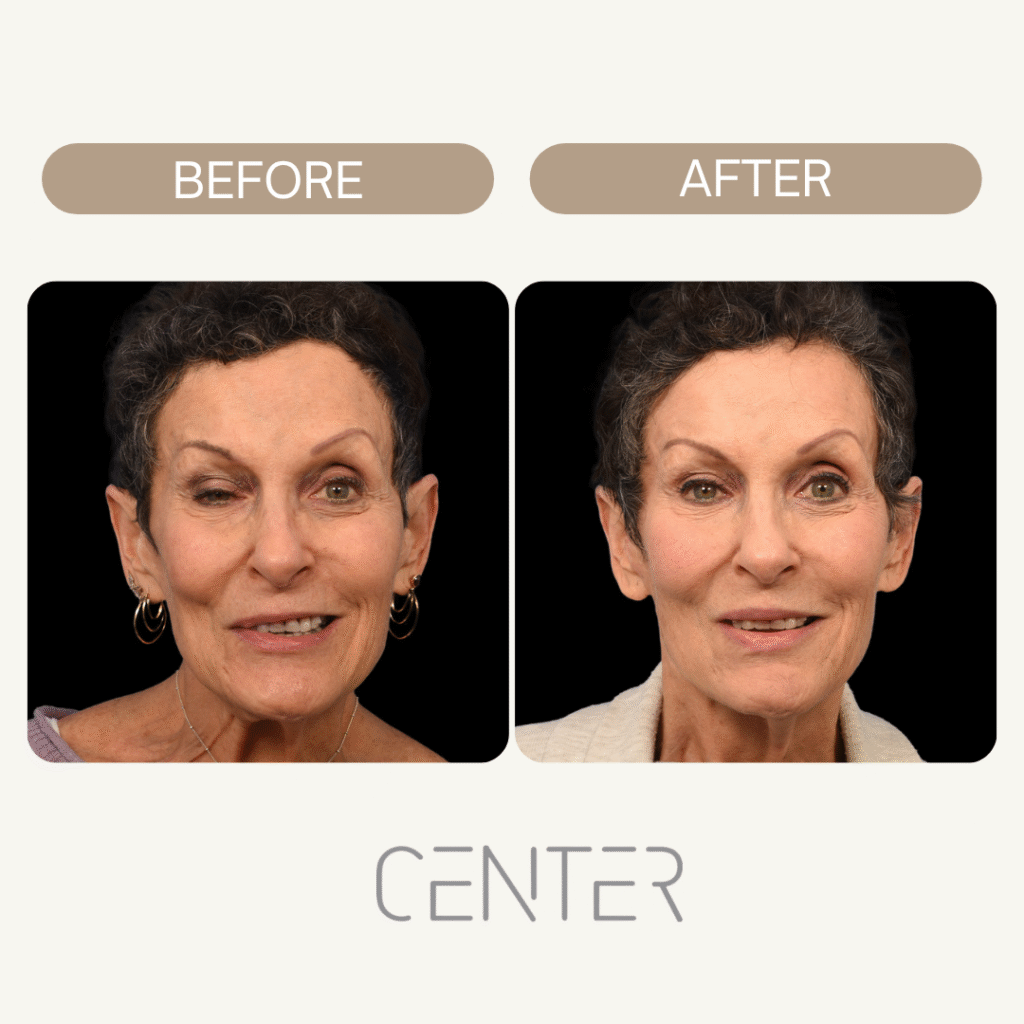
Treatment Timing and Success Factors
Success with any Bell’s palsy therapy depends heavily on early recognition and prompt treatment initiation. The critical window for maximum therapeutic benefit falls within the first 72 hours of symptom onset.
Recovery timeline expectations:
- First 24 hours: Highest potential for complete recovery with treatment
- 2-3 weeks: Most patients begin showing improvement
- Several months: Continued recovery and function restoration
Those with bilateral palsies or patients who don’t improve within the first two to three weeks should be referred to a neurologist for specialized evaluation and advanced treatment options.
Effective bell’s palsy management requires coordination between multiple healthcare providers and consistent follow-up to monitor progress and adjust treatment protocols based on individual response.
Choosing Your Recovery Path
The selection of appropriate therapies depends on several factors including symptom severity, time since onset, patient age, and response to initial treatments. Neurologists typically start with corticosteroids as foundation therapy, then add other modalities based on progress and specific needs.
Treatment decision factors:
- Severity of facial weakness
- Time from symptom onset
- Patient age and overall health
- Response to initial interventions
Patient education plays a vital role in successful outcomes. Understanding recovery expectations, recognizing improvement signs, and maintaining consistency with prescribed therapies all contribute to better results.
Ready to explore comprehensive bell’s palsy treatment options? Connect with specialists who understand facial nerve recovery complexities and can guide you toward the most effective therapies for your situation.
Conclusion
Bell’s palsy recovery success depends on implementing the right therapies at the optimal time. These five neurologist-recommended approaches represent current gold standard care, from immediate corticosteroid intervention to specialized rehabilitation techniques.
While Bell’s palsy can feel frightening initially, the vast majority of patients experience significant improvement with appropriate treatment. The key lies in working with experienced healthcare providers who can tailor approaches to your specific recovery goals. With proper therapy combinations and consistent follow-through, most patients regain substantial facial function and return to normal activities.
Request your consultation with Dr. Azizzadeh today
Call us at (310) 657-2203 to schedule an appointment.
Schedule a Consultation